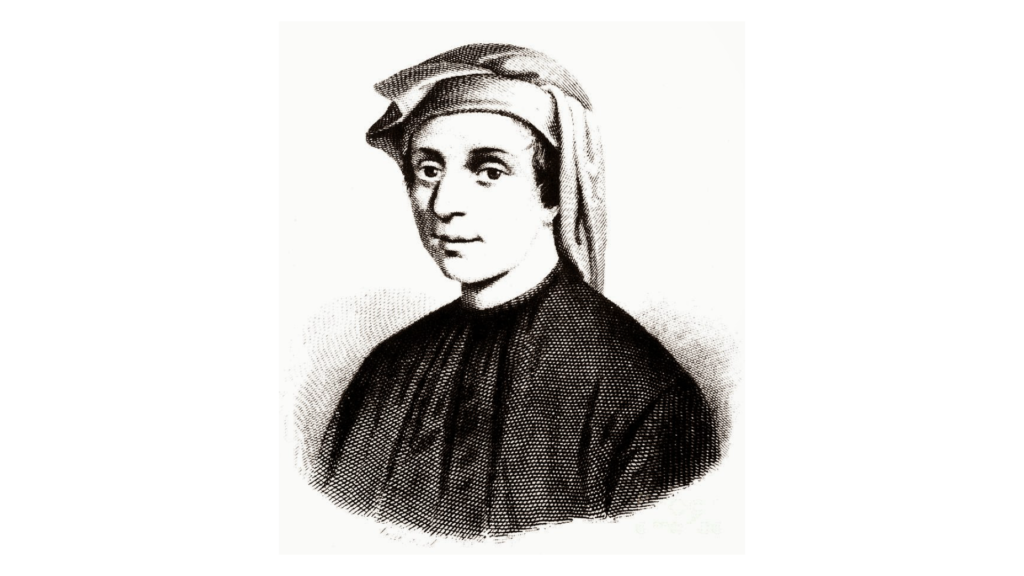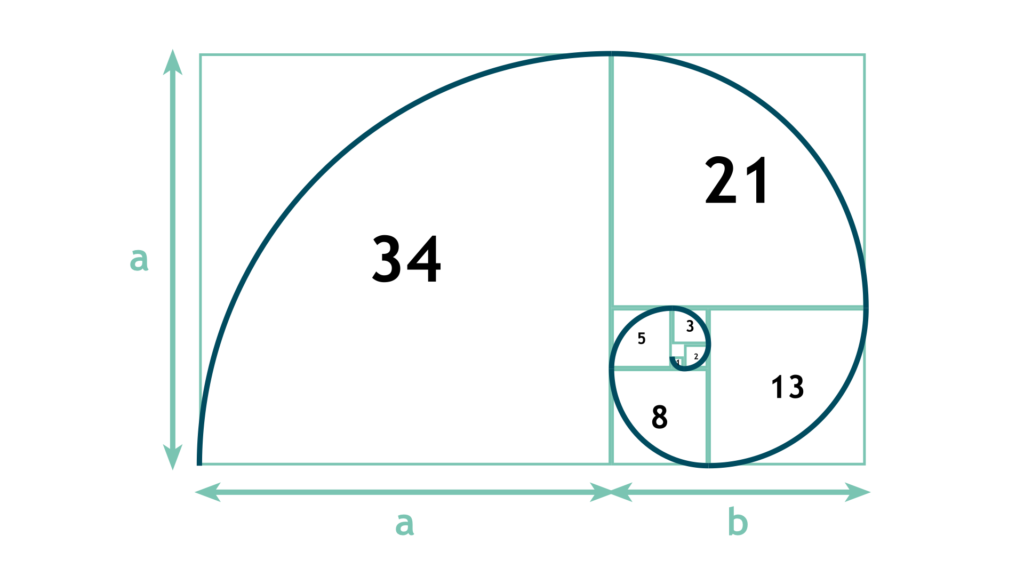Leonardo Fibonacci
Leonardo Fibonacci (1170–c.1245) was an Italian, widely regarded as the ‘most talented western mathematician of the Middle Ages’, whose study of the population growth of rabbits led to the development of the Fibonacci Sequence.

Introduction
Fibonacci was a medieval Italian mathematician born in 1170 in Pisa. His real name was Leonardo Pisano, but he is called Fibonacci to distinguish him from another famous Leonardo from Italy. ‘Fibonacci’ means ‘the son of Bonacci’. He died between 1240-1250. He is considered to be ‘the most talented Western mathematician of the Middle Ages. He has contributed works such as Liber Abaci (Book of the Abacus). This was the first European work on Indian and Arabic mathematics. But he is also more well-known for something that is much more interesting than you may think: the Fibonacci Sequence.
The Golden Spiral
The Golden Ratio is the ratio between two numbers which equals about 1.618. It was derived from the Fibonacci Sequence. You may have come across the Fibonacci sequence while solving maths problems or patterns. It is simply a sequence where the sum of the last two numbers is equal to the next. For example, 0, 1, 1, 2, 3, 5, 8… Try it for yourself!

Take a look at this diagram. As you can see, it follows the Fibonacci sequence. It is known as the Golden Spiral. If you create squares with the width of the numbers, then you will most likely end up with it.
Now, if you draw perfect circles in those boxes you will find they have a 1:1.618 ratio with one adjacent circle: the Golden Ratio. Or at least close enough to it: mathematicians have observed the higher the numbers you use, the closer to the ratio you will get. But we are still unsure why!


Now take a look at all of these. Notice something? The Golden Spiral is present in various aspects of nature, including spider webs, elephant tusks and ocean waves!
But why? Why do so many things follow this pattern? Well, nature favours it for being extremely efficient and simple. For example, some researchers speculate many plants follow the spiral because it allows each leaf to receive the maximum amount of sunlight and nutrients to optimize its growth. In the case of a sunflower, its seeds would not be making efficient use of space if they simply grew in a straight line. In a spiral, they can effectively use the space in the head with the seeds growing at a slight angle away from one another.
The Fibonacci sequence has many real-life applications which includes architecture, finance and art amongst others.
Early life
Fibonacci was born in Italy but educated in North Africa. Guilielmo, his father, held a diplomatic post in what is now Algeria. His job was to represent the merchants of the Republic of Pisa. He wanted his son to study in the school of accounting. There he was introduced to the Hindu-Arabic numerals of 0-9 and realised they could be used to complete calculations more easily than the Roman numerals that were still in fashion over Europe at the time. This not only revolutionized mathematics but commerce and trade as well.
Later life
Fibonacci concluded his travels and returned to his birthplace, Pisa, at around 1200. There he wrote numerous important texts which played an important role in reviving ancient mathematical skills. He also made vital contributions of his own. These works studied algebra, geometry and trigonometry. His books were written before printing, so they had to be painstakingly hand-written each time somebody wanted a copy.
Fibonacci was also guest of Emperor Fredrick II, who took joy in science and mathematics. A member of Frederick II’s court, John, asked several questions based on Arab mathematical works for Fibonacci to solve. The Republic of Pisa honoured Fibonacci in 1240 by granting him a salary in a decree that recognized him for the services that he had given to the city as an advisor.
Legacy
Today Fibonacci still lives on in many statues, such as one in Camposanto. There are many mathematical concepts named after him due to their connection with the Fibonacci Sequence.